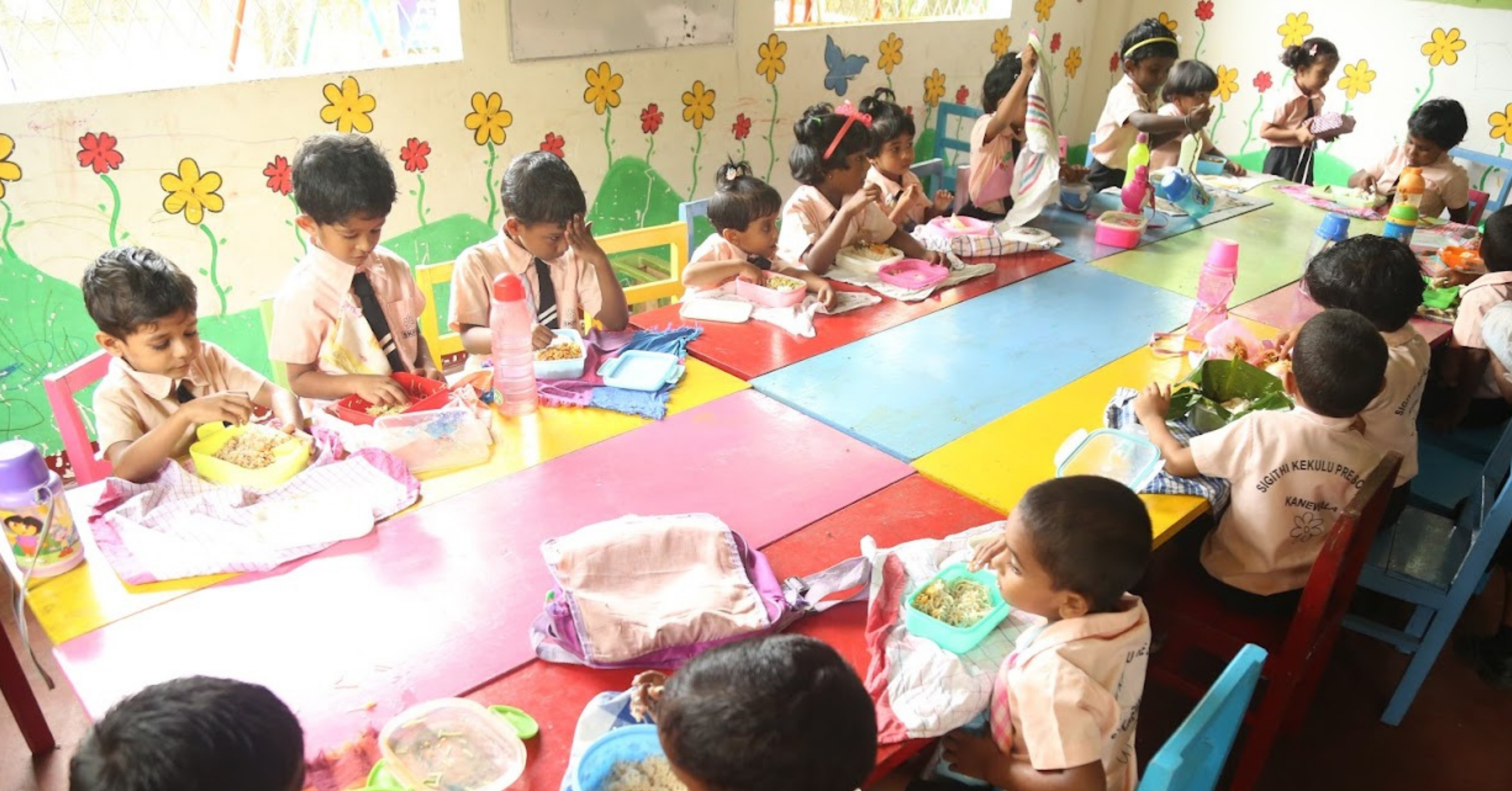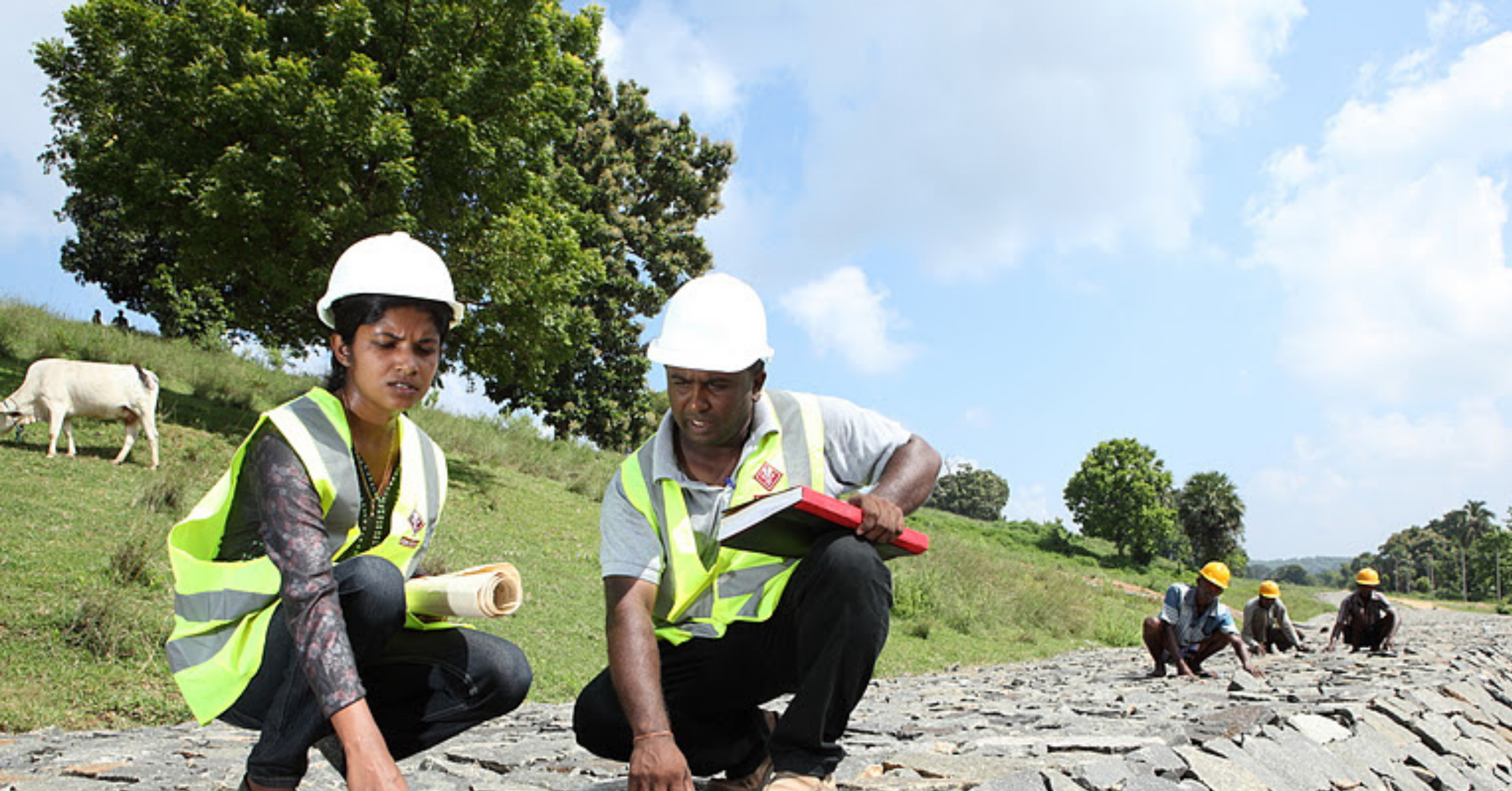Sri Lanka has consistently led South Asia in human capital development but falls below human capital outcome levels seen in upper-middle income and high-income East Asian and European countries. More ambitious policies are needed to tackle the twin challenges of the negative impacts of the COVID-19 pandemic and slower economic development and ensure future generations reach their full human potential.
However, this means that a child born today will only be 60 percent as productive as she would be with full education and health when she reaches 18 years old. By contrast, children born in Singapore can expect to achieve 88 percent of their potential, while children born in Japan and Korea can expect to achieve 80 percent of their potential.
On International Literacy Day 2021, drawing on the findings of the recent report on Sri Lanka’s human capital development, we ask “why the disconnect of substantial progress on human development but a lagging human capital index?” "In 2015, about 15 percent of 10-year-olds could not read or understand a simple text by the end of primary school. The COVID-19 pandemic has exacerbated these challenges with school closures and the sudden shift to online learning, to which many poor and vulnerable students do not have access. It is critical to improve learning of children in lagging regions, bridge the digital divide in the country, and ensure teachers are adequately trained for more inclusive and equitable access to modern methods of teaching and learning,” said René León Solano, Practice Leader for Human Development.
As Sri Lanka strives to become an upper-middle-income economy, it will need to further develop its human capital, with a special focus on rural and estate sector regions, to increase competitiveness and help create a modern, knowledge-based economy and accelerate growth. These objectives place an increasing premium on higher-order cognitive skills, socio-behavioural skills, reasoning, and self-efficacy. Building these skills requires strong human capital foundations. This means Sri Lanka will have to improve its learning outcomes and reduce stunting rate which is currently about 17 percent.
“Reduction of under-nutrition, which would be reflected in lower stunting levels; more equitable improvements in learning outcomes, especially in rural areas and in the estate sector; and an adequate and affordable pension system as well as programs for the aging population are key policy initiatives that Sri Lanka needs to focus as future investment priorities,” said Harsha Aturupane, Lead Economist, Education Global Practice.
Sri Lanka also faces high levels of inequalities along geographic dimensions.


